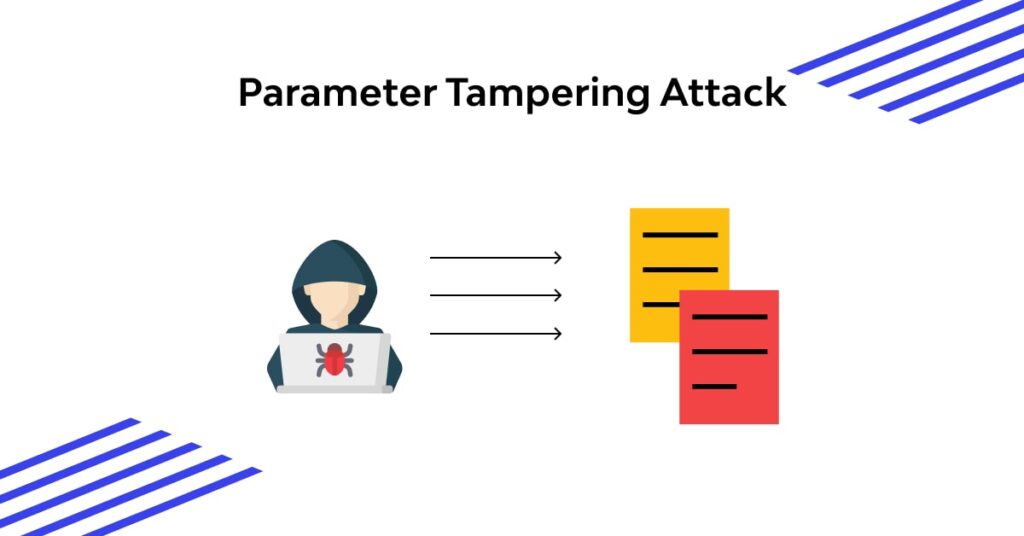Palo Alto Training – Learn Palo Alto Firewalls in 2025

File tampering attacks are insidious methods hackers use to alter data silently, achieving stealth file manipulation without raising alarms. These data integrity attacks range from file timestamp modification to log file tampering, leveraging anti-forensic techniques to evade detection. Attackers might employ NTFS alternate data streams on Windows, Linux hidden file attacks, or binary patching attacks to maintain stealth malware persistence. In 2025, with growing reliance on digital systems, threats like configuration file […]

File tampering attacks are insidious methods hackers use to alter data silently, achieving stealth file manipulation without raising alarms. These data integrity attacks range from file timestamp modification to log file tampering, leveraging anti-forensic techniques to evade detection. Attackers might employ NTFS alternate data streams on Windows, Linux hidden file attacks, or binary patching attacks to maintain stealth malware persistence. In 2025, with growing reliance on digital systems, threats like configuration file poisoning, database tampering techniques, and fileless persistence techniques challenge forensic teams. This article explores how tampering works across platforms, real-world examples, and forensic countermeasures to detect and prevent these subtle intrusions.
File tampering attacks threaten security by undermining trust in data integrity. A hacker using metadata manipulation or file signature spoofing can alter critical files—like logs or binaries—without leaving obvious traces. Techniques such as checksum evasion methods bypass integrity checks, while file permission abuse or race condition file attacks exploit system weaknesses. In MFT manipulation (Master File Table) or inode tampering, attackers hide their footprints in filesystem structures. For organizations, this could mean falsified records or persistent malware; for pentesters, it’s a sophisticated challenge requiring tools like entropy analysis detection to uncover.
Here’s how attackers execute stealth file manipulation, with key methods and cases:
A real-world case: In 2019, attackers used NTFS alternate data streams to hide malware in a corporate network, undetected for months. Tools like file carving detection help uncover such threats. Pricing Section: In 2025, certifications to master this include: CEH (2,000 € – 2,500 €), OSCP (2,100 € – 2,500 €), WAHS (500 € – 1,500 €), CISSP (800 € – 1,200 €), CompTIA Security+ (350 € – 400 €). WAHS covers database tampering techniques, while OSCP excels in anti-forensic techniques.
Stopping data integrity attacks requires vigilance and advanced forensic countermeasures. Here’s how to protect your systems:
For more, see Wikipedia or Gartner. The University of Rennes 1 offers relevant training.
File tampering attacks enable hackers to manipulate data undetected, from log file tampering to configuration file poisoning. Techniques like Linux hidden file attacks, MFT manipulation, and fileless persistence techniques challenge even seasoned defenders. With checksum evasion methods and race condition file attacks, the stakes are high. Certifications like WAHS and OSCP equip you with forensic countermeasures to fight back. Explore cybersecurity certification training at SecureValley Training Center to safeguard your data today!
Get certified with industry-leading cybersecurity certifications from EC-Council, PECB, Palo Alto Networks, and more.

Learn from world-class instructors Collaborate with top professionals Advanced training...

The CEH is the world's leading cybersecurity certification, recognized by...

Onsite training course Led by an instructor Interactive sessions

Asynchronous, self-study environment Video-streaming format Flexible learning schedule
Adding {{itemName}} to cart
Added {{itemName}} to cart

